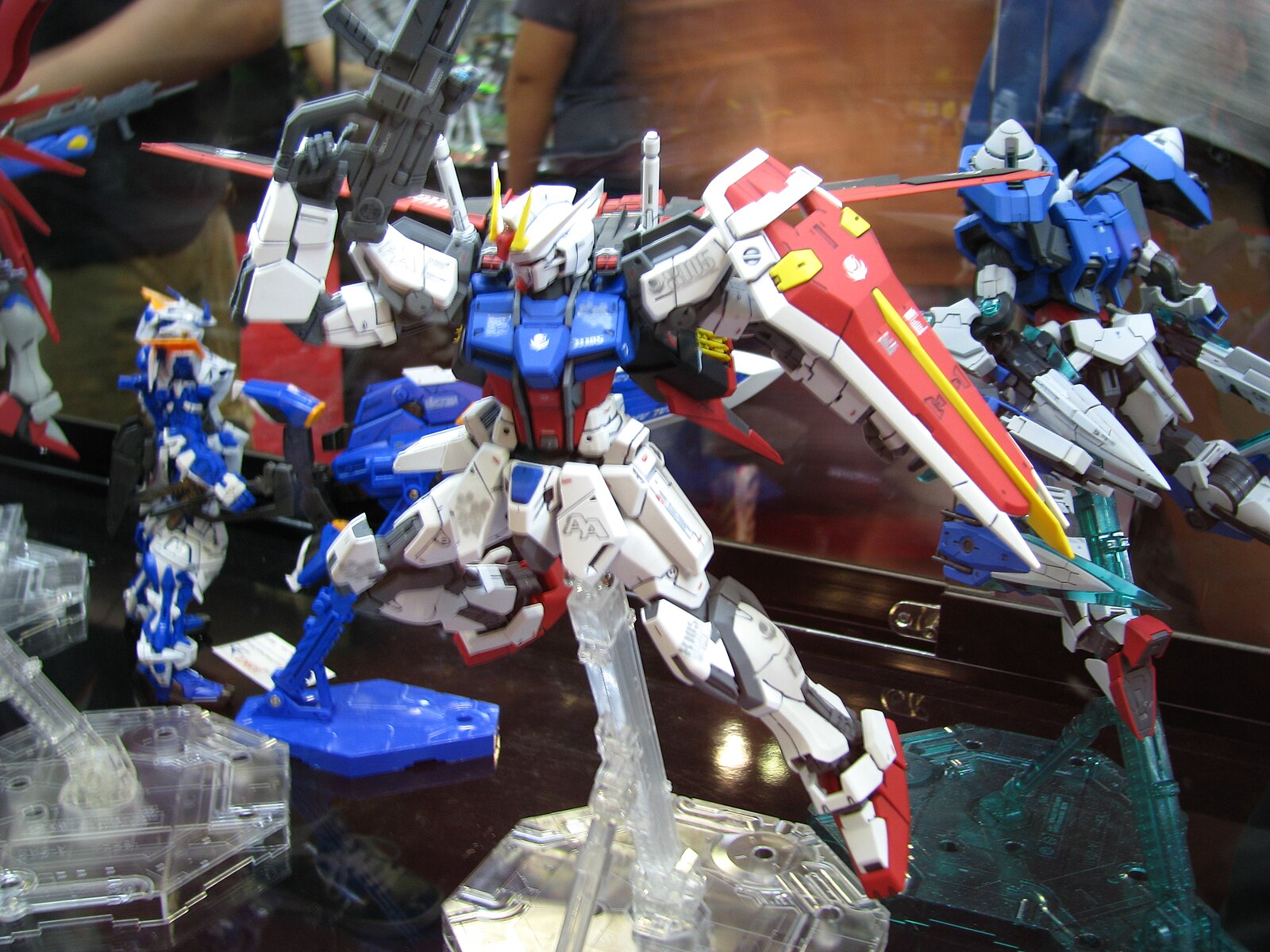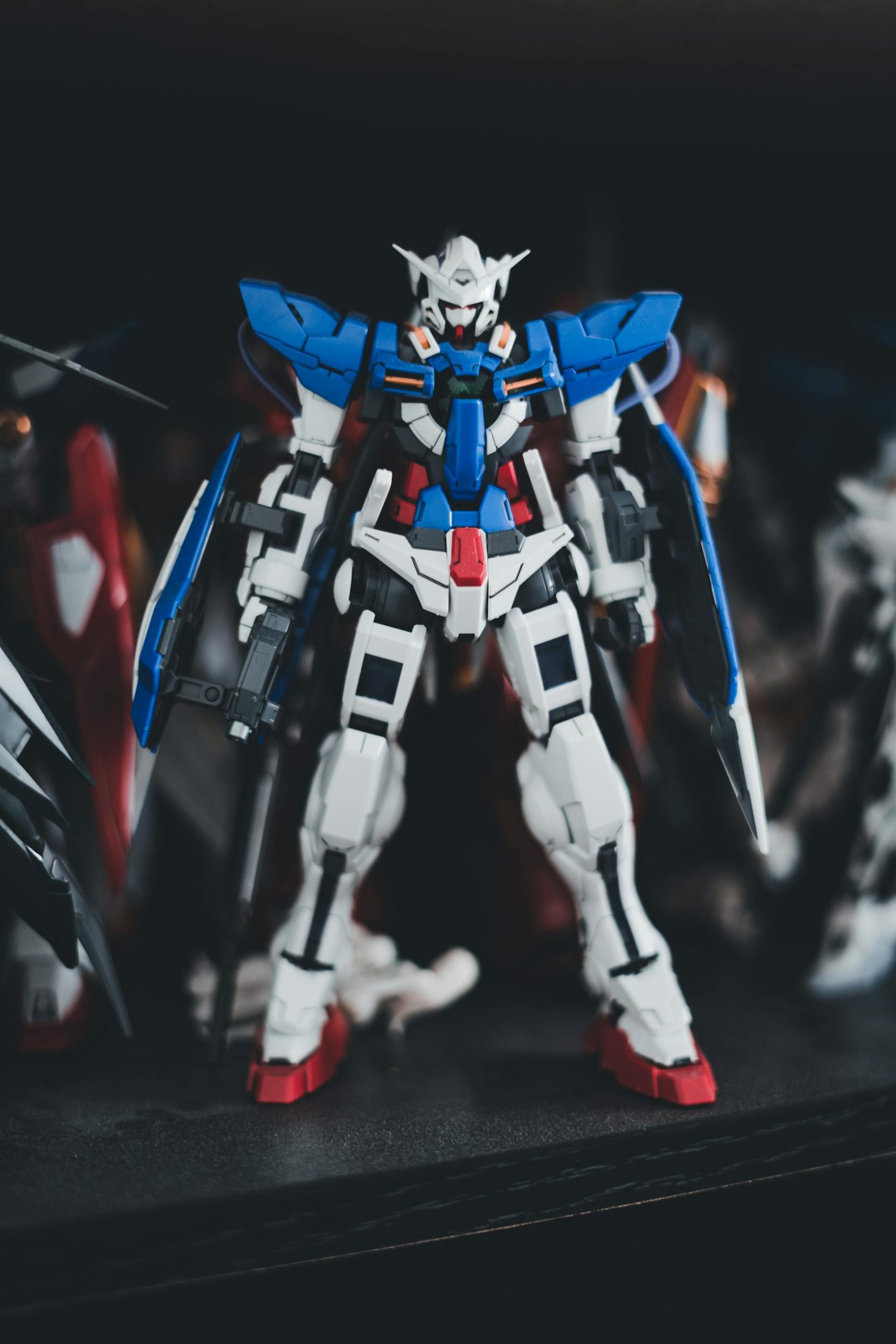How to Store and Maintain Your Gunpla Collection: Expert Tips for Longevity
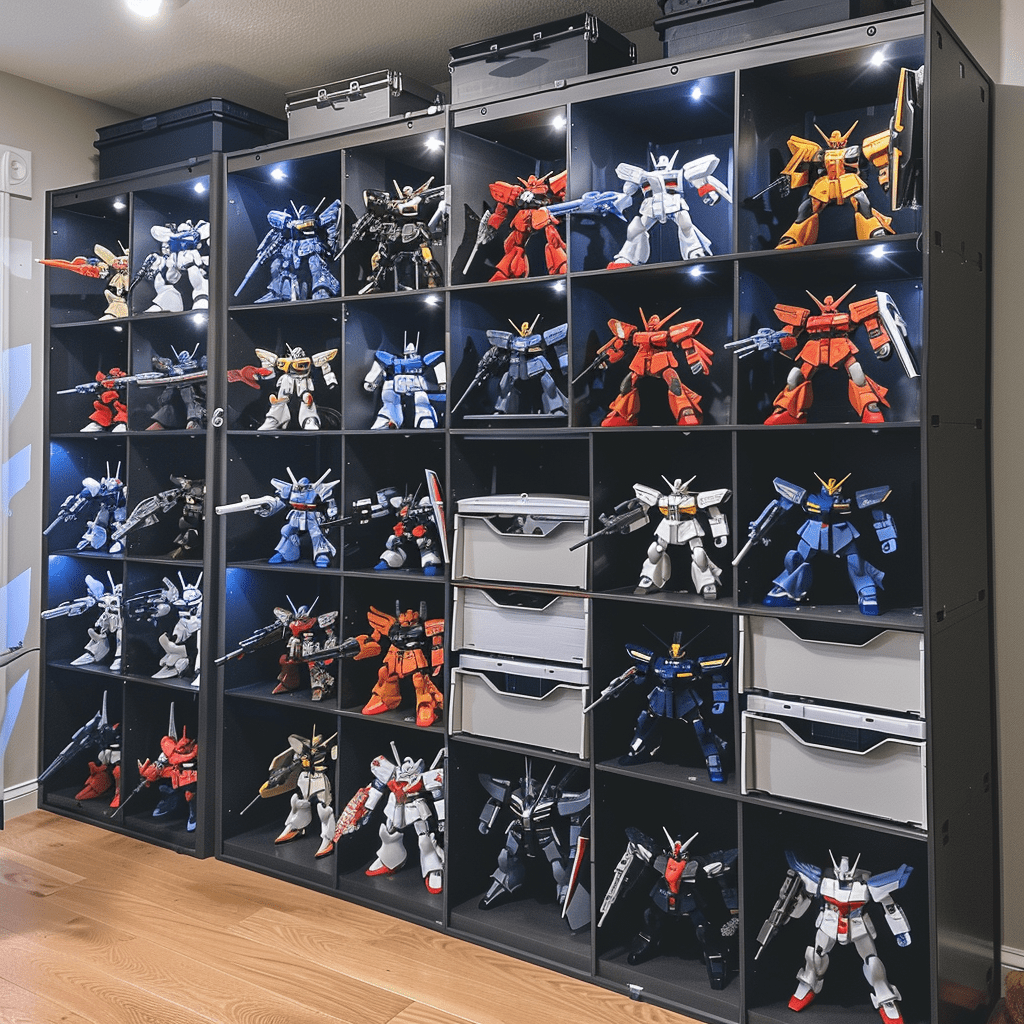
Collecting Gunpla models is a rewarding hobby that combines the fun of building with the satisfaction of displaying detailed figures. To ensure your Gunpla stays in top condition, it's crucial to store and maintain them properly. The key to keeping Gunpla in great shape is to store them in a space with a constant temperature and low humidity. Investing in a display case can also protect your models from dust and accidental damage.
Using appropriate storage solutions can save both space and your prized models. Simplifying the storing process, foam inserts, and airtight containers can keep each piece secure, while also making future access easy and convenient. Additionally, dehumidifiers can maintain the ideal humidity level, preventing any moisture damage that could affect the longevity of your collection.
Recycling or reusing Gunpla boxes can help manage space efficiently and add an extra layer of protection. By breaking down boxes and organizing them, you not only keep your space tidy but also preserve important parts and instructions. These steps help you enjoy your Gunpla collection for years to come while ensuring every model looks as good as new.
Understanding Gunpla
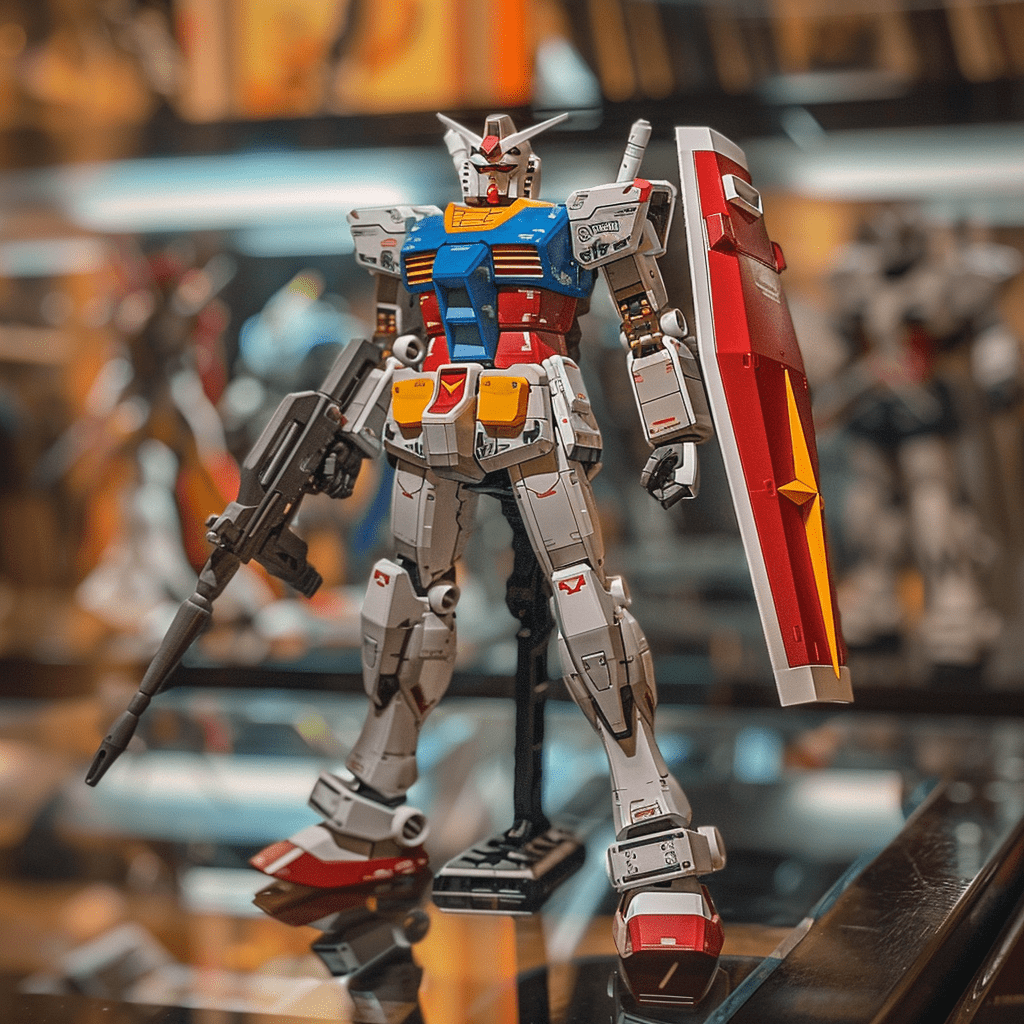
Gunpla, or Gundam plastic models, offer a rewarding hobby for model enthusiasts. This section provides insights into the history, types of kits, and necessary materials and tools required for assembly.
History and Popularity of Gundam Model Kits
Gundam model kits, known as Gunpla, originated from the Gundam anime series. Introduced in 1980 by Bandai, these kits quickly gained popularity. This hobby grew as the anime series expanded, appealing to both collectors and builders. The detailed designs and customizable features enhanced their appeal. Today, Gunpla is a global phenomenon, with competitions and dedicated conventions celebrating this intricate craft.
Types of Gunpla Kits
Gunpla kits vary in complexity and design. Entry Grade (EG) is perfect for beginners with its straightforward assembly. High Grade (HG) offers more detail and articulation. Real Grade (RG) combines high detail with manageable size. Master Grade (MG) provides advanced builders with intricate parts and internal frameworks. The Perfect Grade (PG) kits are the most detailed, featuring extensive parts and high articulation, aimed at experts.
Materials and Tools for Assembly
Building Gunpla requires specific materials and tools. Plastic models form the base, typically made from polystyrene. Key tools include nippers for cutting parts from sprues, sandpaper for smoothing edges, and plastic cement for bonding pieces. Markers and acrylic paints enhance detailing. Brushes apply paint smoothly, while panel line markers add depth and realism. A hobby knife helps with precise cuts, and tweezers aid in placing small parts. Proper tools ensure a clean, professional finish.
Preparing to Store Gunpla
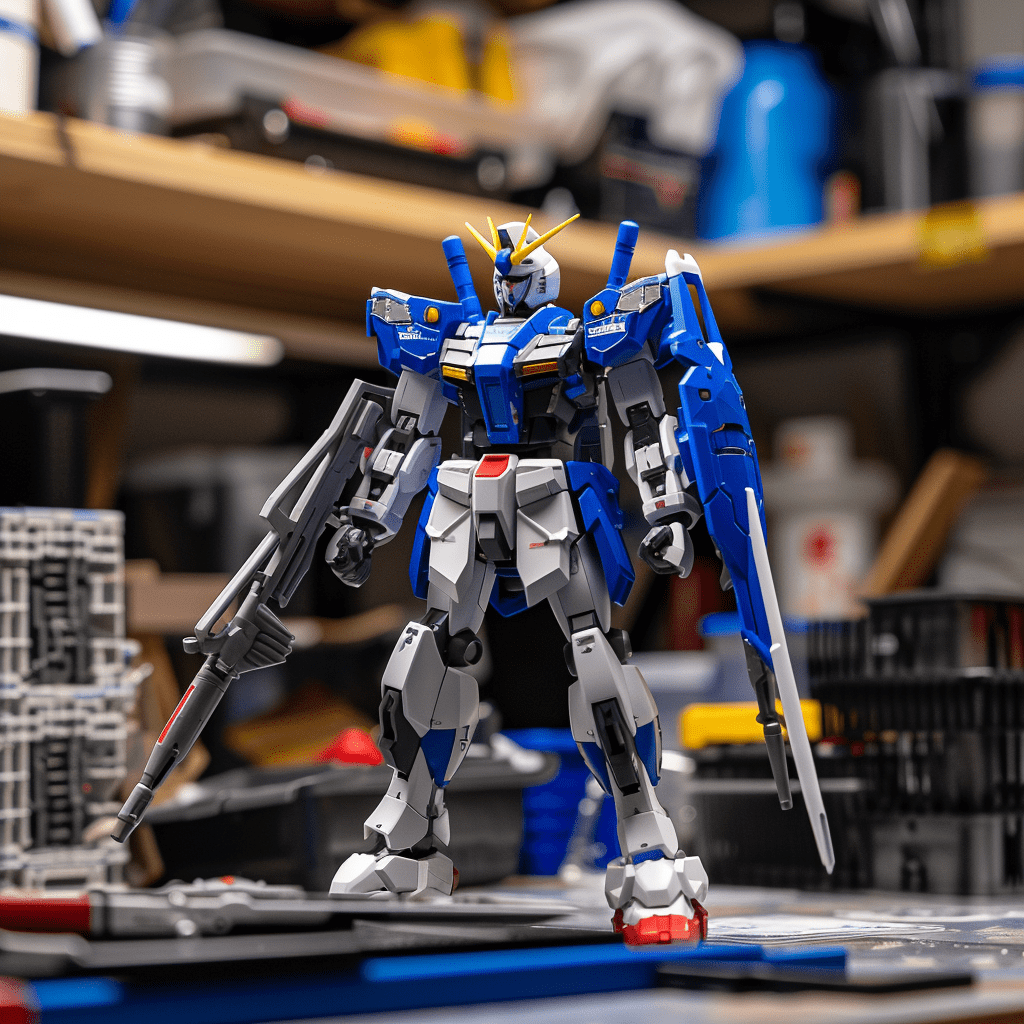
Proper preparation is key to keeping your Gunpla models in top condition. This involves cleaning, dusting, and applying protective coatings to shield from dirt and damage.
Cleaning and Dusting
Before storing Gunpla, ensure each model is free of dirt and dust. Use a soft brush or a compressed air can to gently clean hard-to-reach areas. Pay special attention to joints and painted sections, as accumulated dust can damage paintwork over time.
For stubborn dirt, use a damp microfiber cloth. Be gentle to avoid scratching the surface. Avoid using household cleaners, as they can damage the paint.
Applying Protective Coatings
Applying a protective coating can help preserve your Gunpla. Consider Plast-i-dip or a similar spray, which can toughen the foam used for storage and protect the model's shape.
For added protection, use a clear acrylic spray to seal the paint and prevent chipping. Ensure the paint is completely dry before applying. Store the models in their boxes, adding moisture-absorbing packets to avoid humidity damage.
Storage Solutions
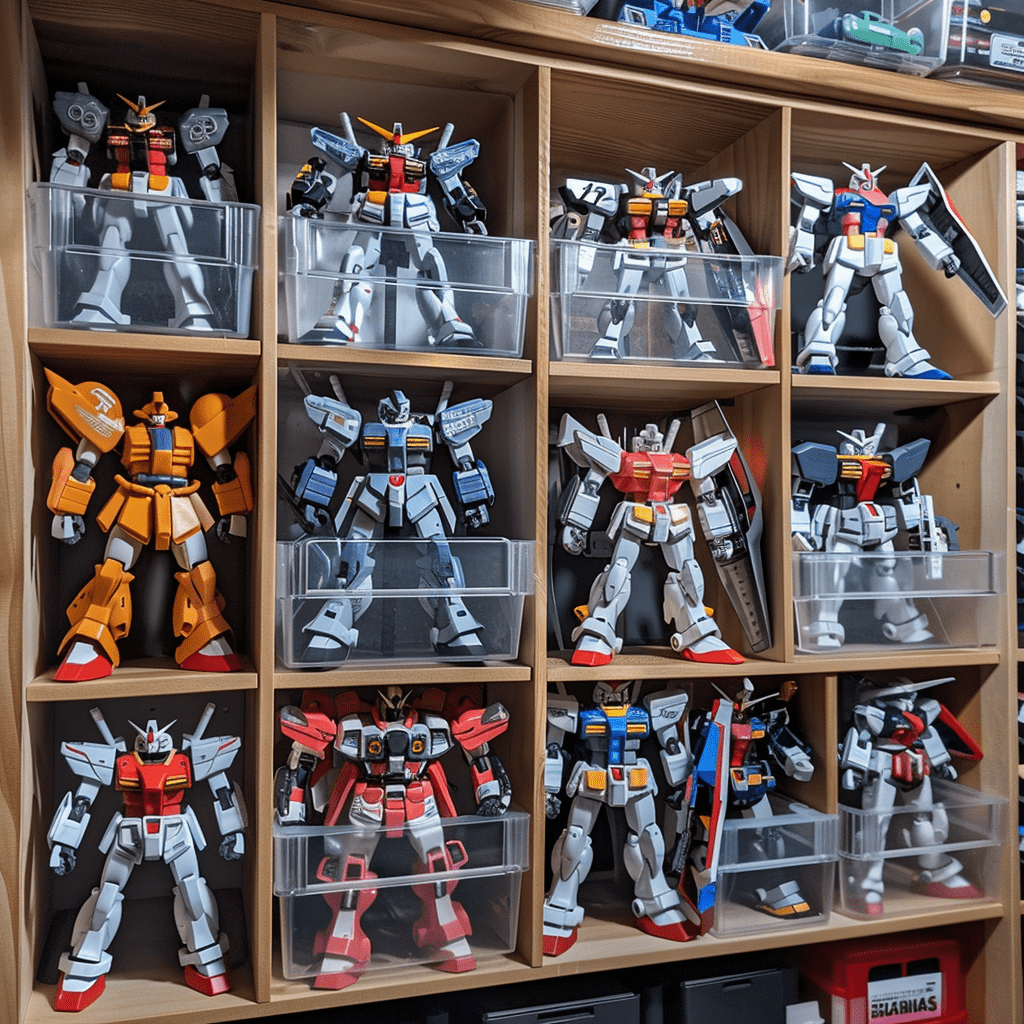
Proper storage is crucial for keeping Gunpla models looking their best. These solutions will help you to protect and organize your collection, ensuring longevity and space efficiency.
Choosing the Right Environment
Temperature and humidity are critical factors in preserving Gunpla models. Extreme temperature changes can cause the plastic to warp, while high humidity can lead to mold growth. A dry, cool area, ideally at room temperature, is best for storage.
Exposure to direct sunlight can cause colors to fade. Therefore, storing Gunpla away from windows or using UV-protective storage solutions is recommended. Clear storage boxes with UV protection or shaded shelves can help keep the colors vibrant.
Proper ventilation is also essential to avoid any dampness or mildew. Keep the storage area clean to prevent dust buildup, which can affect the models' paint and joints.
Custom Storage Options
Custom storage solutions can maximize both protection and space. Vetop Steel Storage Systems from platforms like YouTube are popular for their durability and space-saving designs. These systems can reclaim significant space and offer easy access to the models.
Using foam inserts is another excellent method to provide cushioning. The foam can be cut to match the shape of each model, preventing them from moving around. Spray-on products like Plast-i-dip can be applied to these foam inserts to harden them and maintain shape.
For those who like recycling, old Gunpla boxes can be transformed into storage units. Separating the tops and bottoms can help create sections for different parts and runners. Some enthusiasts even create decorative collages using parts of the boxes, adding a personalized touch to their storage setup.
Maintaining Your Collection
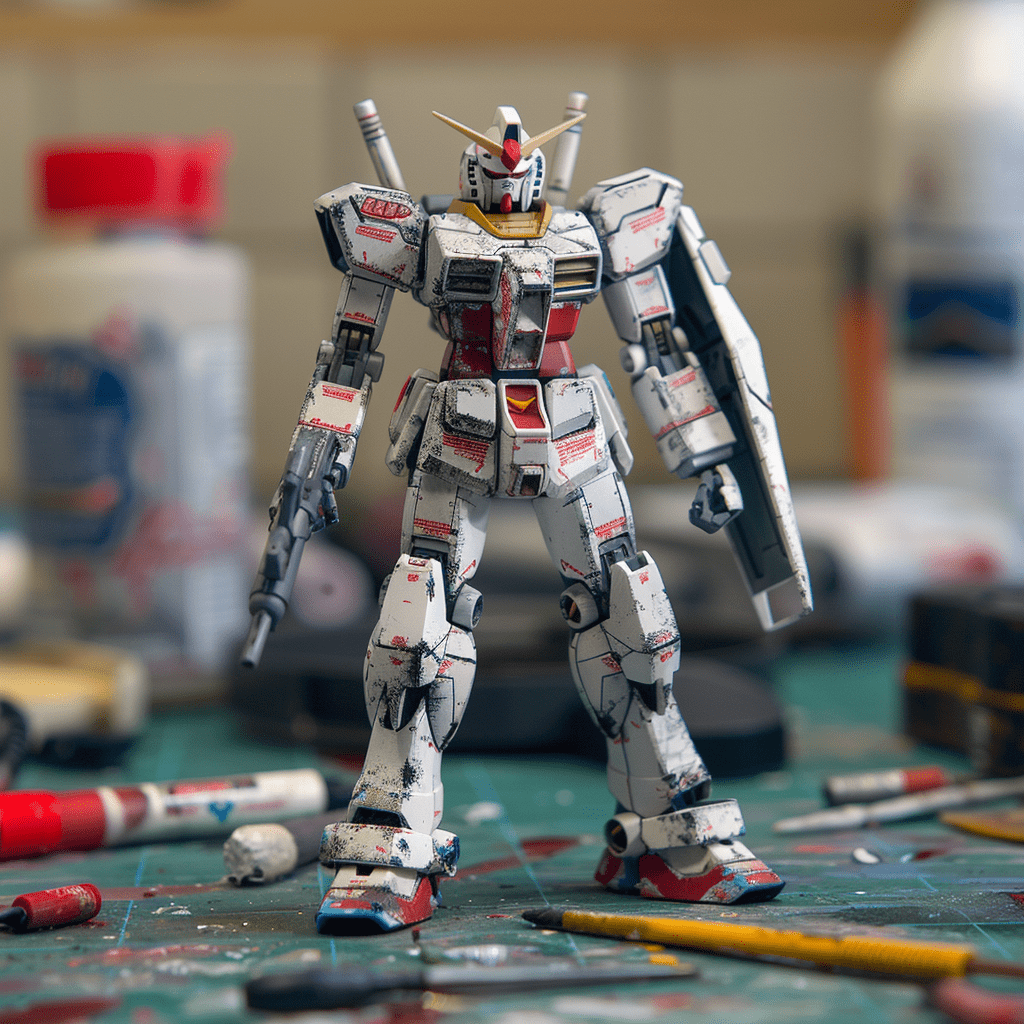
Keeping your Gunpla collection in top shape requires regular care and precise repairs when needed. Key tasks include inspecting for dust, repairing joints, and updating decals.
Regular Check-ups and Cleaning
Regular inspections are crucial. Check your Gunpla models for dust and dirt weekly. Dust can obscure details and damage paint over time.
Use a soft brush or a can of compressed air for cleaning. Start from the top and work your way down to avoid pushing dust into cracks and joints.
For stubborn dirt, use a damp cloth with mild soap but ensure the model is completely dry afterward. Humidity can negatively affect the model, so control your environment with a dehumidifier if necessary.
Repairing Loose Joints and Damaged Parts
Loose joints can make posing and displaying your Gunpla difficult. To fix loose joints, consider using small amounts of super glue or clear nail polish. Apply them to the joint, let it dry, and then reassemble. This will create a tighter fit.
For broken or damaged parts, plastic cement works well. Apply a thin layer to the broken edges, hold them together until secure, and let it dry completely. If paint touch-ups are needed, use matching paint to cover repaired areas seamlessly.
Replacing Faded Decals and Details
Faded decals and details can reduce the visual appeal of your Gunpla. To address this, periodically check the condition of decals. If they appear faded, carefully remove them using a hobby knife.
Reapply new decals using proper decal solution to ensure they adhere smoothly. For hand-painted details, touch them up with fine brushes and quality paint. A steady hand is key to restoring intricate features.
By maintaining these essential tasks, your Gunpla collection will remain impressive and durable for years.
Sharing Your Gunpla Collection
Sharing your Gunpla collection can be a rewarding experience. You can display your models through photography, engage with communities online, and participate in local events to connect with fellow enthusiasts.
Photography Tips
Capturing high-quality photos of your Gunpla models can make a significant difference. Use a camera or smartphone with a good resolution. Natural lighting works best, but you can also use lamps to minimize shadows.
Set up a simple background, preferably a plain white or black sheet. Experiment with different angles to highlight the details of your models. Use a tripod to avoid shaky pictures. Macro mode can help capture fine details, making your models stand out.
Social Media and Online Communities
Engage with online communities to share your Gunpla passion. Platforms like Instagram, Facebook, and Reddit have active Gunpla sections where you can post photos and connect with others. Use hashtags like #gunpla and #gunplabuilders to reach a wider audience.
Join forums and subreddits focused on Gunpla to exchange tips and get feedback. Contributing to discussions and posting regularly can help you build a following. Online contests and challenges can also provide opportunities to showcase your skills.
Local Hobby Events and Exhibitions
Participating in local hobby events and exhibitions allows you to share your Gunpla collection in person. Search for local model kit clubs or Gunpla meetups. These gatherings often involve workshops, competitions, and display opportunities.
Prepare your models for travel by securing them in boxes with sufficient padding. Presenting your Gunpla at such events not only lets you meet fellow builders but also gain new insights and techniques. Local hobby stores or community centers may host annual or seasonal exhibitions.
Advanced Preservation Techniques
Advanced preservation techniques ensure that your Gunpla models stay in top condition for years. Proper climate control and specialized materials for storage play a significant role in maintaining the integrity of your collection.
Climate Control in Storage
Keeping a stable climate is crucial for preserving Gunpla. The ideal temperature is around 21°C. Large changes in temperature can warp plastic and degrade paint over time. Humidity control is also important. High humidity can cause paint to peel or parts to rust. A dehumidifier can help maintain humidity levels between 35% and 45%.
Using foam for padding when storing models can protect against physical damage. Special spray-coatings can harden this foam, offering additional protection. Regularly checking your storage conditions ensures your collection stays pristine.
Conclusion
Taking care of your Gunpla collection requires thoughtful storage and handling practices. It's crucial to keep a consistent temperature of around 21°C. A dehumidifier can help manage humidity levels, ideally between 35% and 45%.
Using foam or similar padding materials adds an extra layer of protection during storage or transport. Customizing storage spaces with bamboo skewers or Plast-i-dip can further safeguard the models. Storing completed Gunpla in their original boxes and disassembling large displays can save space and protect your collection.
Remember, careful handling and proper storage will keep your Gunpla in excellent condition for years to come.

